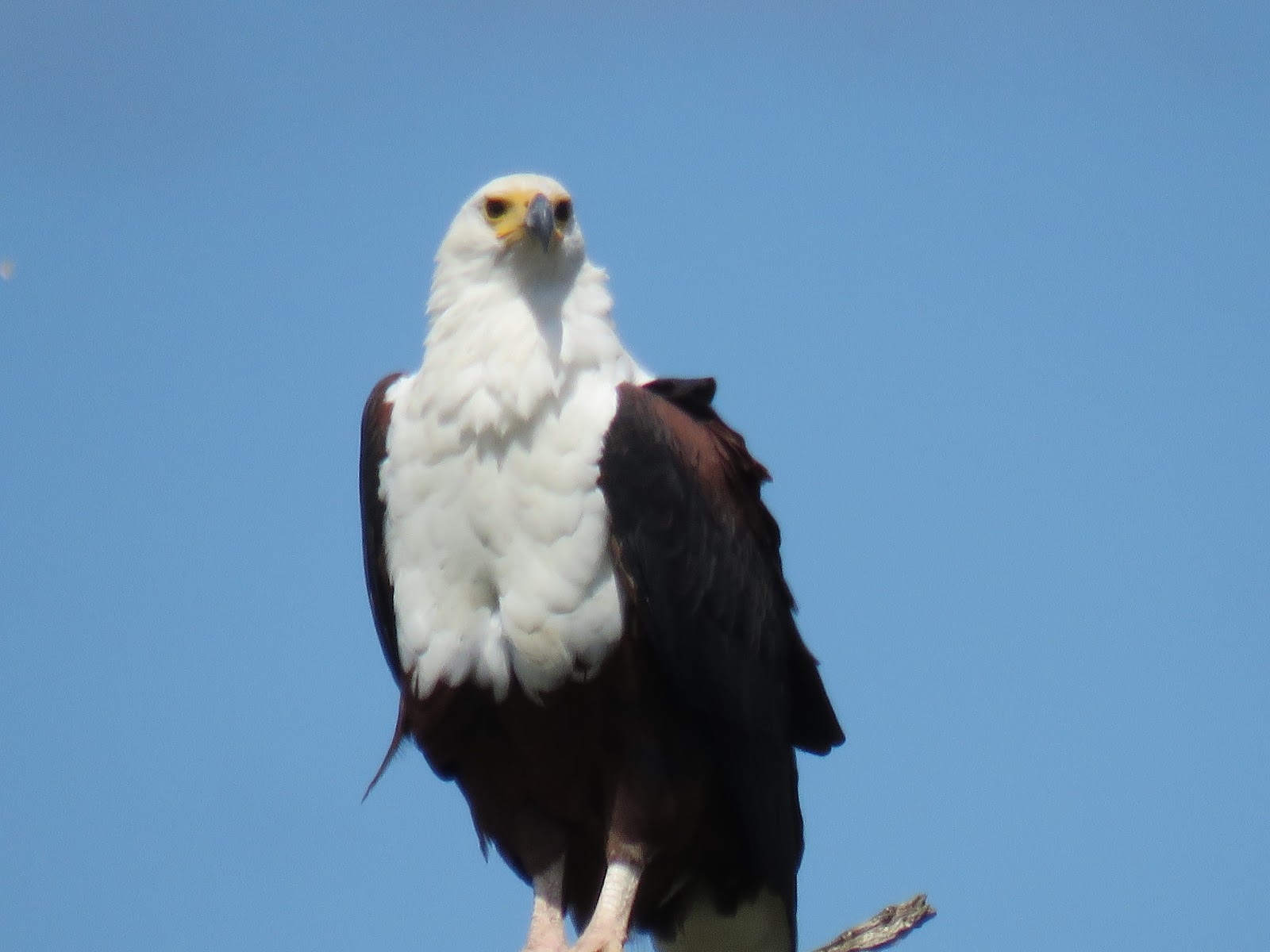
Almost daily, warthogs, bushbucks, kudus, mongoose, francolins, and other birds stop by for a visit. However, zebras are less frequent visitors. Since arriving here over 3½ months ago, zebras have only graced us with their presence on two occasions. Yesterday was one of those occasions, and we couldn’t have been more thrilled.

“Zebras are one of the many beautiful creatures inhabiting Africa. Many people know them for their iconic stripes and the never-ending riddle about them being black with white stripes or white with black stripes. From this site, here are 25 amazing facts about zebras:
Here are a handful of facts you might or might not know about these striped horses.
- The zebra is mainly white and striped with black or dark brown stripes, but black skin underneath their coat.
- There are different types of zebra, each with a different stripe pattern. The mountain zebra typically has vertical stripes on its neck and across its torso while horizontal lines cover its legs.
- Zebras run in a zig-zag pattern when being chased by a predator making it more difficult for them to run after them.
- The pattern of zebras stripes is different for each zebra, making them each unique snowflake!
- Their coats’ black & white striped pattern is a good bug repellant, keeping horseflies and other bloodsuckers at bay.
- A group of zebras is called a ‘zeal” or “dazzle.”

It was fun to see two zebras drinking simultaneously. - The Native American culture refers to the zebra as a symbol of balance and the sureness of the path.
- The Swahili name for the zebra is ‘Punda Milia.’
- Romans used Grévy’s zebras to pull two-wheeled carts for their circuses.
- In Roman Circuses, the zebra was usually called a ‘Tiger-Horse’ or a ‘Horse-Tiger.’
- When predators face, zebras will form a semi-circle and bit, nip or attack the predators if they come too close to them. They will also encircle an injured family member to protect it from further attack if the need arises.
- A mother zebra will keep her foal away from all other zebras for two or three days until the colt can recognize her scent, voice, and appearance.

There were nine zebras in the garden, staying for over an hour. - Zebras form hierarchies with a Stallion (male) in the lead, followed by his Harem (group of females) behind him.
- When traveling with his harem, the stallion will lead them with his head low and ears laid back.
- Zebra’s bunch together to confuse colorblind predators, such as lions, which mistake the pattern as grass.
- Zebras are one of the few mammals that we believe can see in color.
- Zebras are pretty short and can be 3.5-5 feet tall.
- The Grévy’s zebra is named after Jules Grévy, president of France (in 1882), who received a zebra as a present from the emperor of Abyssinia.
- Another name for Grévy’s Zebras is Imperial Zebras.
- A zebra can run up to 65 km/h or 40 mph.
- To sleep, generally, zebras don’t lie down – instead, they usually sleep standing up.

We’re so enjoying seeing wildlife drinking from the birdbath, where we continue to add fresh water. - Zebras can rotate their ears in almost any direction; this ability can communicate their mood with other zebras.
- Zebras have one toe on each foot.
- Zebras cannot see the color orange.
- A zebra species are called ‘Asinus Burchelli’ after a conflict between William John Burchell and John Edward Gray sparked. Burchell brought specimens from Africa to The British Museum, and the specimens died. Gray felt the need to Embarrass Burchell because of the incident; the name means “Burchelli’s Ass.”

They drink from the top section and often drop down and drink from the bottom section as well.
We’ve researched several facts about zebras over the years, and each source provides new and exciting information about these stunning animals.
The sounds of their hooves pounding on the ground, the whinnying amongst themselves over pellets and jockeying for position in the garden, leave us smiling over their demeanor, rambunctious and determined. Each time we drive on Olifant Road, the only paved road in Marloth Park, we are in awe when spotting them at the side of the road or crossing.

We seldom see a solitary zebra. They are social animals who travel together, covering many kilometers in a single day. Even here in Marloth Park, which is only 3000 hectares, 6.7 square miles, they find plenty of space to wander. Whether in the parklands or the sparsely occupied residential areas, zebras may be seen running fast together or casually grazing on the grass and vegetation.
Residents of Marloth Park certainly appreciate the zebras offering them carrots, apples, and pellets when they stop by for a visit.
We haven’t been offering apples and carrots at this point, but once the winter comes, when the vegetation is sparse, we’ll begin offering these to our friendly visitors.

Today, we’ll be working on some research for the future and afterward head over to Louise and Danie‘s Info Centre for a short visit. The school holiday period has ended, and now, they have more time for a little social interaction. It will be good to see them once again.
If all goes as planned over the next 24 hours, we’ll be off to Kruger National Park tomorrow for a much-desired self-drive, hopefully returning with many good photos to share here.

Happy day!
Photo from one year ago today, May 3, 2020:
 |
| A fish eagle, one of the most prolific eagles in Kruger National Park. For more photos, please click here. |




